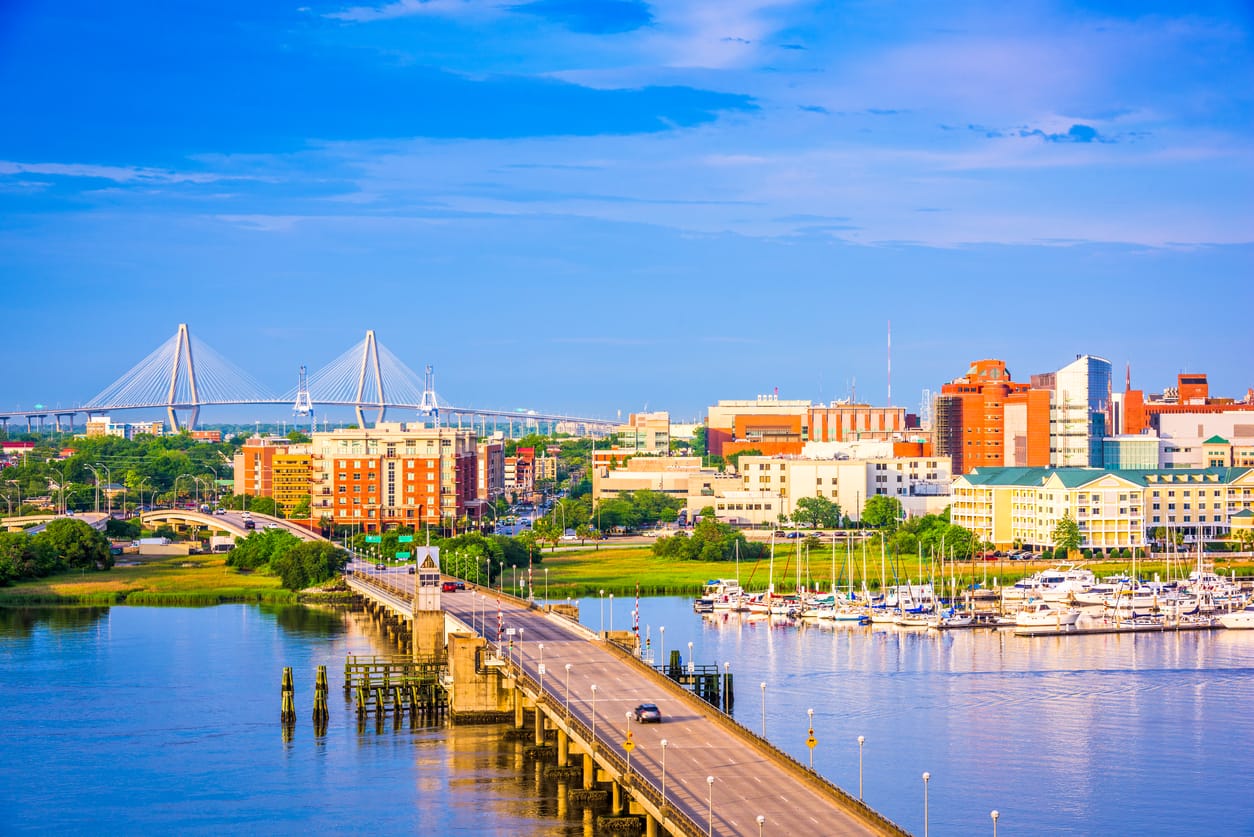Shipping from the State of Texas to South Carolina
Spanish missionaries were the earliest European settlers in Texas, founding San Antonio in 1718. Hostile natives and isolation from additional Spanish colonies kept Texas sparsely occupied until following the Revolutionary War and the War of Mexican self-government when the newly established Mexican government began to allow settlers from the U.S. to claim land there. This led to an inhabitant explosion, but dramatically abridged the percentage of the population with Mexican heritage, causing friction with the government in Mexico City.

After some smaller insurrections, the Texas Revolution broke out, and the state became an independent nation in 1836. However, the newly formed Texas Republic was not capable to defend itself from further incursions by Mexican troops and eventually negotiated with the U.S. to join the union in 1845.
Shipping to the State of Texas to South Carolina
Settled by the English in 1670, South Carolina became the eighth state to ratify the U.S. constitution in 1788. Its early economy was largely agricultural, benefitting from the area’s fertile soil, and plantation farmers relied on the slave trade for cheap labor to maximize their profits. By 1730, people of African descent made up two-thirds of the colony population. South Carolina became the first state to secede from the union in 1861 and was the site of the first shots of the Civil War–the shelling of the federally held Fort Sumter by Confederate troops on April 12, 1861.

Today, the South Carolina coastline near Myrtle Beach has developed into one of the premier resort destinations on the East Coast and has over 100 golf courses. Famous South Carolinians include musicians James Brown, Chubby Checker, and Dizzy Gillespie, novelist Pat Conroy, boxer Joe Frazier, tennis champion Althea Gibson, politician Jesse Jackson and long-serving U.S. Senator Strom Thurmond.
